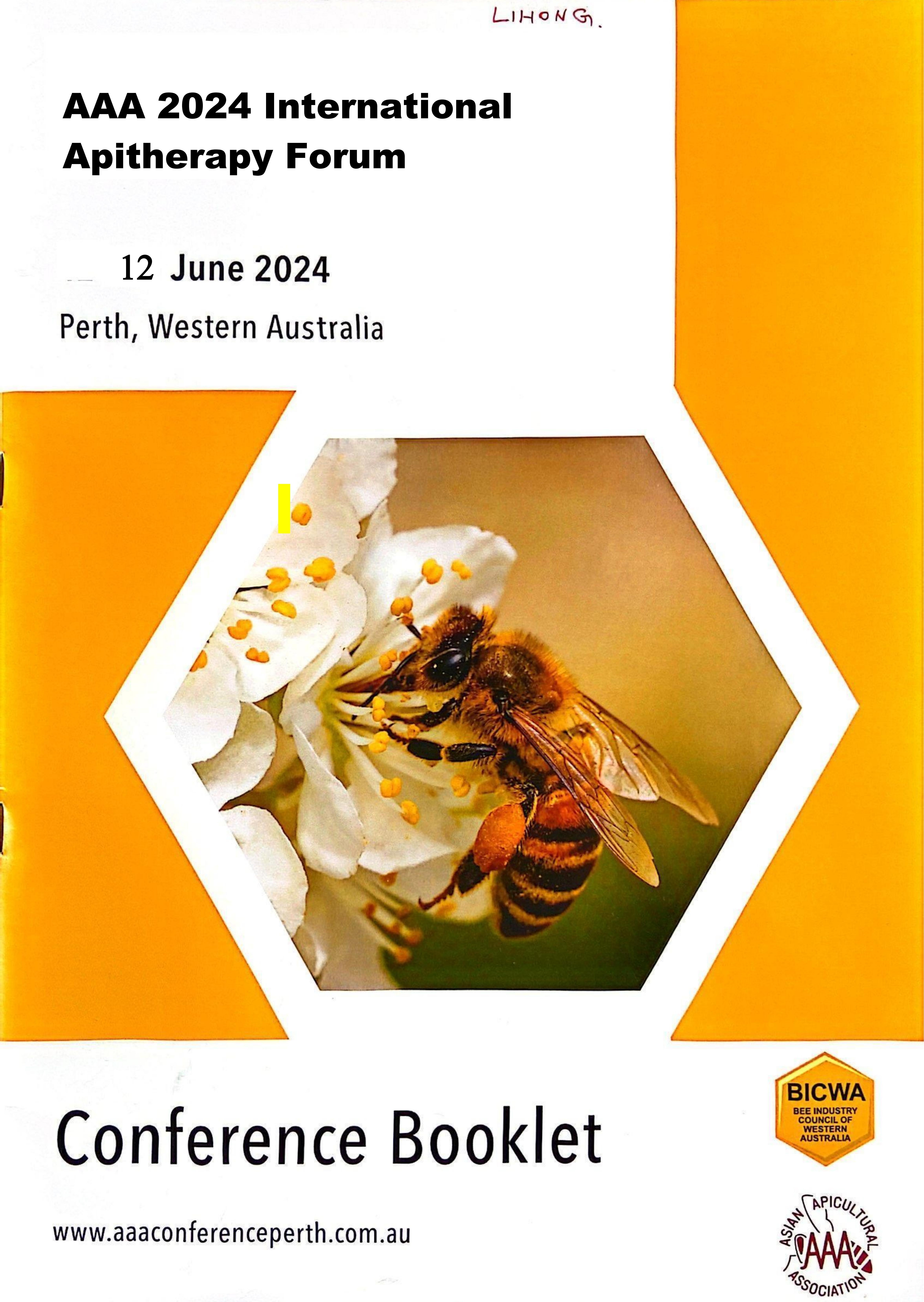
Abstract
The neuronal basis of complex social behavior is still poorly understood. In honeybees, reproductive investment decisions are made at the colony-level. Queens develop from female-destined larvae that receive particular alloparental care from nurse bees in the form of ad-libitum royal jelly (RJ) secretions. Typically, the number of raised new queens is limited but genetic breeding of “royal jelly bees” (RJBs) for enhanced RJ production over decades has led to a dramatic increase of reproductive investment in queens. Here, we compare RJBs to unselected Italian bees (ITBs) to investigate how their cognitive processing of larval signals in the mushroom bodies (MBs) and antennal lobes (ALs) may contribute to their behavioral differences. A cross-fostering experiment confirms that the RJB syndrome is mainly due to a shift in nurse bee alloparental care behavior. Using olfactory conditioning of the proboscis extension reflex, we show that the RJB nurses spontaneously respond more often to larval odors compared to ITB nurses but their subsequent learning occurs at similar rates. These phenotypic findings are corroborated by our demonstration that the proteome of the brain, particularly of the ALs differs between RJBs and ITBs. Notably, in the ALs of RJB newly emerged bees and nurses compared to ITBs, processes of energy and nutrient metabolism, signal transduction are up-regulated, priming the ALs for receiving and processing the brood signals from the antennae. Moreover, highly abundant major royal jelly proteins and hexamerins in RJBs compared to ITBs during early life when the nervous system still develops suggest crucial new neurobiological roles for these well-characterized proteins. Altogether, our findings reveal that RJBs have evolved a strong olfactory response to larvae, enabled by numerous neurophysiological adaptations that increase the nurse bees’ alloparental care behavior.
|







